I thought about this question when I read an interesting comment by @Simon Fitch in his answer.
In the complementary amplifier stage, in total there are three "pulling" elements - Q2 is a "pull-down" transistor when Vin is negative, Q1 is a "pull-up" transistor when Vin is positive, and the load RL is constantly a "pull-middle" resistor :-)

simulate this circuit – Schematic created using CircuitLab
However, for some reason, this configuration is called "push-pull" stage. So there should also be a "pushing" element.
My question is, "What is it?"


